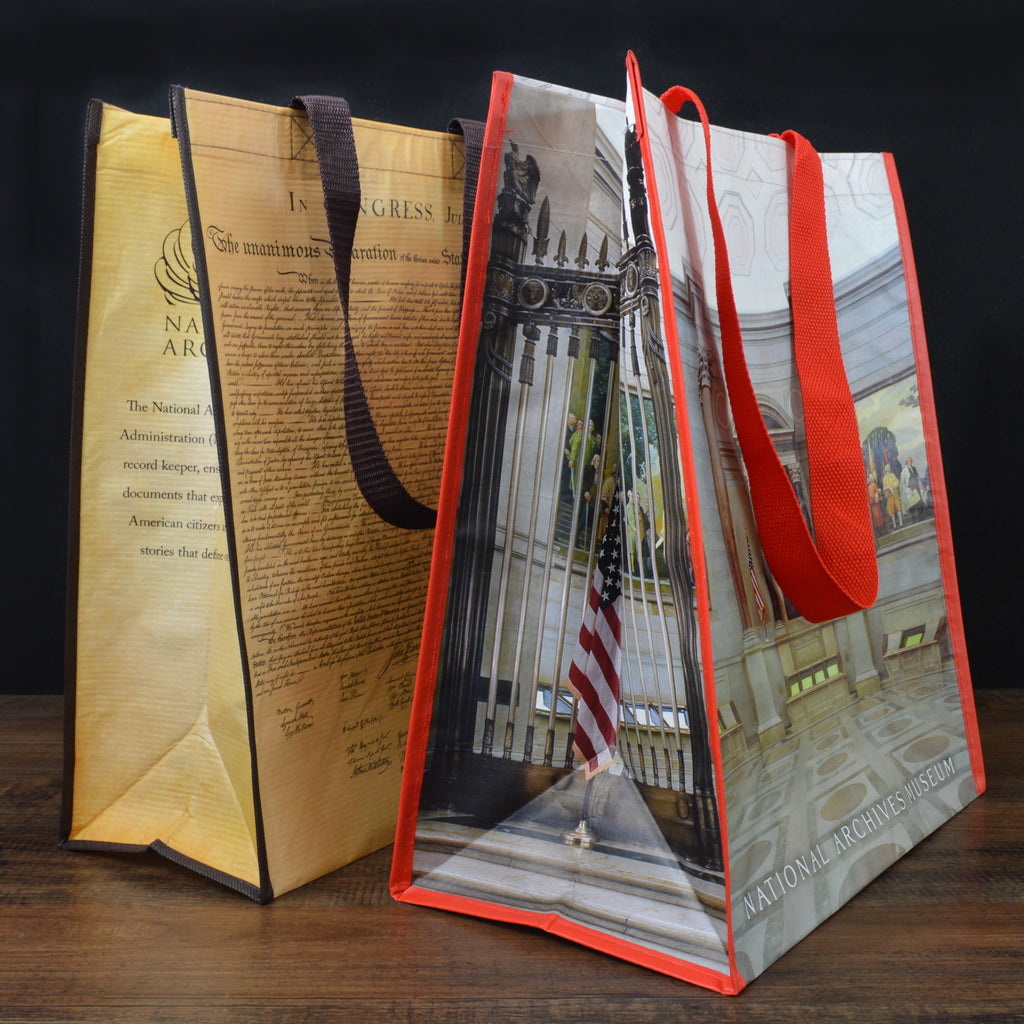

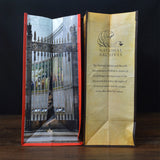




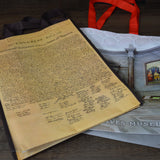
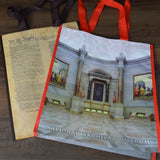
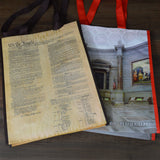
National Archives Tote Bag Pair
- National Archives Store Exclusive
- Rotunda tote: 15 X 13 1/4 X 7 inches
- Declaration and Constitution tote: 16 X 12 X 6 inches
-
The Declaration of Independence reminds us of our inalienable rights to life, liberty and the pursuit of happiness, while the Constitution has become a symbol of who we are as Americans. This tidy tote displaying both of our important founding documents is a great bag to carry your shopping in.
The beautiful Rotunda of the National Archives houses our nation’s precious founding documents within a very dramatic setting, enhanced by the spectacular murals of Barry Faulkner. Depicting the scene, our striking Archives Rotunda tote bag with its red handles is great for lugging the things you need to carry.
This pair of totes team together to make a great set, both reminders of our nation’s capital and what our country was founded on. They make a handy gift for patriotic pals, or nice extras to stash away for when you need them. They are reusable again and again.
-
Drafted by 33 year old Thomas Jefferson between June 11 and June 28, 1776, the Declaration of Independence is the nation's most cherished symbol of liberty. It was adopted by the Continental Congress on July 4, 1776, and announced that the 13 American colonies, then at war with Great Britain, regarded themselves as independent states and no longer a part of the British Empire. Instead, they formed a union that would become a new nation: the United States of America.
The Constitution of the United States is the supreme law of the United States of America. The Constitution originally consisted of seven Articles. The first three Articles embody the doctrine of the separation of powers, whereby the federal government is divided into three branches: the legislature, consisting of the bicameral Congress; the executive, consisting of the President; and the judiciary, consisting of the Supreme Court and other federal courts.
In 1933, the chief architect of the National Archives, J. Russell Pope, recommended approval of a two-year contract to hire Barry Faulkner, a noted American muralist, to paint a mural for the Exhibit Hall in the planned Rotunda of the National Archives Building. The result was two large oil-on-canvas murals, each about 14 feet by 37 1/2 feet. One mural honors the signers of the Declaration and the other those who signed the Constitution.